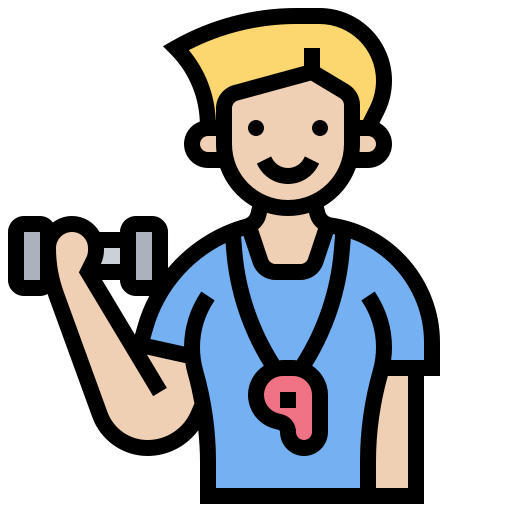and in this case we do it by doing some kind of exercise, not just riding our bicycles.
This is still a very good example of reasoning from observation and generalization. We can see that people riding bicycles to training actually improve their bodies because they are getting exercise. We can even do this with a little bit of reasoning. So, if he can make this observation, why can’t we? So, it is very important to recognize where we can and we cannot do this.

Where we are good at this, why we can do it, and where we can’t but we should not do it, we have to look at each case individually. And when we are at that stage of thinking, we have to recognize the limits of our reason and our observations. And then we can make a decision on what is right for us. Just to be clear about this a little bit. In general, you don’t make recommendations that will lead to people doing wrong things. You really need to understand the limits of your observations. So, the limits of our observations is, to begin with, we don’t have a lot of knowledge about how our bodies work. It is a big area of not that much research. And second, we are going to add to this in terms of our research, we are going to work with the idea that we don’t know what our human bodies are like to begin with. So, what do we do? We don’t make any particular recommendation. We just observe what we see.
🎮 ☺ 🏔️
And we might then make a recommendation based on thinking about future research that could lead to some more information and then try to make recommendations on how we could use that information to improve our training. So, a different way than making recommendations. And that is actually, you have to separate the two. The second part is about how you make a recommendation and then what you think about what what jump rope to use.